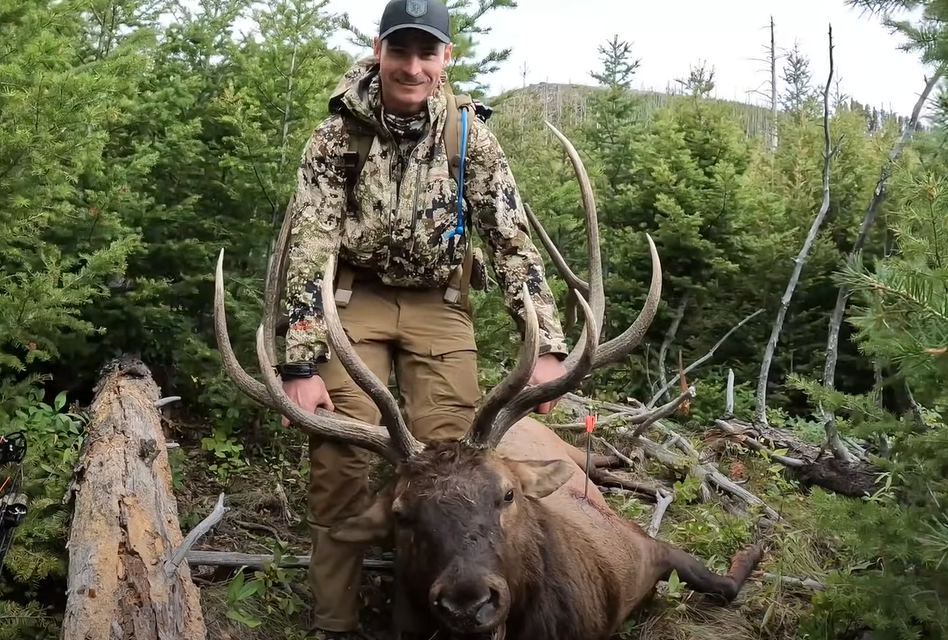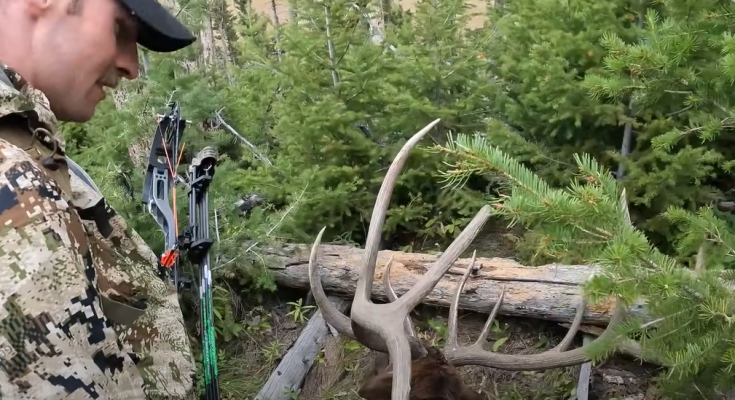There’s nothing quite like the sound of a bugling bull elk piercing the crisp mountain air. For archery hunters, the thrill of calling in a giant bull during the rut is an experience that gets the heart pounding like nothing else. When it all comes together—the perfect setup, the right call, and a well-placed shot—the reward is a once-in-a-lifetime trophy and a freezer full of some of the best wild game meat out there.
The Chase Begins
Hunting a giant elk with a bow is a challenge that demands patience, skill, and strategy. In September, during the peak of the rut, bulls become highly vocal as they compete for cows. This is when archers have the best chance of getting close. Calling plays a crucial role—bugling can challenge a dominant bull, while soft cow calls might lure him in, thinking he has another mate to claim.
A well-camouflaged approach is essential. Elk have sharp eyesight and an even keener sense of smell, so playing the wind is critical. Many archers use tree stands or ground blinds, but for those who prefer the adrenaline of a spot-and-stalk hunt, getting within 30 to 40 yards of a big bull undetected is the ultimate test.
The Shot Opportunity
Even with careful planning, getting a clear shot at a trophy bull isn’t easy. Elk rarely stand still, and their massive bodies can be deceiving. A well-placed arrow through the vitals—typically a heart or double-lung shot—is key for a clean, ethical kill. Broadheads designed for large game ensure deep penetration, and many hunters opt for fixed blades to avoid mechanical failures.
The Trophy Moment
When the arrow finds its mark and the bull crashes down, the real work begins. Field dressing and packing out an 800-pound animal is no small feat. Many hunters rely on packhorses or multiple trips on foot to haul the meat out. But every step is worth it.
From the echoing bugles to the final release of an arrow, archery elk hunting is a pursuit that fuels the soul. It’s about more than just the hunt—it’s the memories, the challenge, and the deep respect for the wild.




